The PACT team has a diverse set of expertise and experience.

Joshua S. Stein
Joshua S. Stein is the director of the PACT center and a Senior Scientist at Sandia National Laboratories where he leads R&D projects in the areas of photovoltaic module and system performance and reliability, specializing in modeling and analysis of new technologies. He is the founder of the PV Performance Modeling Collaborative (PVPMC) and represents the United States in the International Energy Agency PVPS Task 13 on PV Performance and Reliability. Dr. Stein received a PhD in Earth Sciences from the University of California, Santa Cruz in 2000, and joined Sandia in 2001. Publications. Pronouns: he, him, his

Laura T. Schelhas
Laura T. Schelhas is deputy director of the PACT center and the reliability team lead. She is a research scientist and group manager at the National Laboratory of the Rockies (NLR). Her current research interests are focused on the intersection between photovoltaic reliability, emerging new technologies, and materials characterization. She is also the executive director of the US-MAP and DuraMAT consortia. Prior to NREL, she served as deputy director of the Applied Energy Division and group leader for the Grid Integration, Systems & Mobility (GISMo) Lab at SLAC National Accelerator Laboratory. Laura received her doctorate in chemistry from UCLA in 2013. Publications. Pronouns: she, her, hers

Bruce H. King
Bruce H. King is the Performance lead for the PACT center and a Distinguished Member of Technical Staff at Sandia National Laboratories. He is technical director of Sandia’s Photovoltaic Systems Evaluation Lab (PSEL) and leads R&D projects in PV performance, characterization and reliability. Prior to Sandia, he was R&D director of the Aerosol Jet Print division of Optomec, where he developed additive manufacturing processes and equipment for solar cell production. Dr. King received a PhD in Materials Science from the University of Michigan in 1997 and joined Sandia in 2011.

Joshua S. Stein
Joshua S. Stein is the director of the PACT center and a Senior Scientist at Sandia National Laboratories where he leads R&D projects in the areas of photovoltaic module and system performance and reliability, specializing in modeling and analysis of new technologies. He is the founder of the PV Performance Modeling Collaborative (PVPMC) and represents the United States in the International Energy Agency PVPS Task 13 on PV Performance and Reliability. Dr. Stein received a PhD in Earth Sciences from the University of California, Santa Cruz in 2000, and joined Sandia in 2001. Publications. Pronouns: he, him, his

Bruce H. King
Bruce H. King is the Performance lead for the PACT center and a Distinguished Member of Technical Staff at Sandia National Laboratories. He is technical director of Sandia’s Photovoltaic Systems Evaluation Lab (PSEL) and leads R&D projects in PV performance, characterization and reliability. Prior to Sandia, he was R&D director of the Aerosol Jet Print division of Optomec, where he developed additive manufacturing processes and equipment for solar cell production. Dr. King received a PhD in Materials Science from the University of Michigan in 1997 and joined Sandia in 2011.

Jennifer L. Braid
Jennifer L. Braid is a Senior Member of Technical Staff at Sandia National Laboratories where her current research efforts include PV performance modeling and simulation, advanced imaging and automated image processing for PV modules, developing system performance metrics from time-series data, and contributing to open-source software packages for the PV community. Dr. Braid earned BS degrees in Physics and Mathematics from Ohio University, an MS in Physics from the Ohio State University, and her PhD in Physics from the Colorado School of Mines. Publications, Pronouns: she, her, hers

Marios Theristis
Marios Theristis is a Senior Member of Technical Staff at Sandia National Laboratories. His research interests include the PV performance modeling and monitoring, reliability, degradation, failure diagnostics/prognostics, and data analytics. Prior to joining the Sandia National Laboratories, he was at the University of Cyprus, Cyprus (2016-2019), the University of Jaén, Spain (2016), Fraunhofer CSE, USA (2015) and NCSR “Demokritos”, Greece (2010-2011). Marios received his Dipl.-Ing. in Electrical and Computer Engineering from Democritus University of Thrace, Greece (2011) and his PhD from Heriot-Watt University, UK (2016).
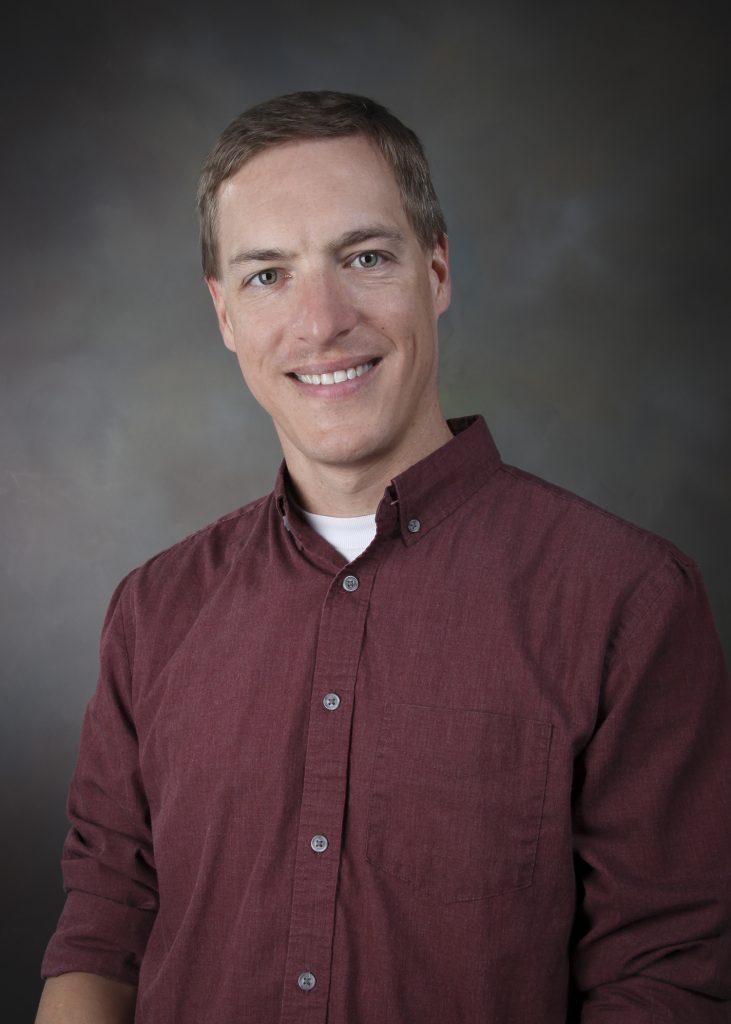
Daniel Riley
Daniel Riley is a Senior Member of Technical Staff at Sandia National Laboratories. He has recently lead R&D projects on PV module reliability and single axis PV trackers. Historically, he has expertise in concentrating photovoltaics, PV system modeling, AC modules, PV module characterization, and all aspects of PV system measurement, monitoring, and analysis. Mr. Riley received a Master of Electrical Engineering from the Missouri University of Science and Technology in 2011 and joined Sandia in 2007.

Charles Robinson
Charles D. Robinson is a Distinguished Engineering Support Technologist at Sandia National Laboratories’ Photovoltaic Systems Evaluation Laboratory who specializes in data acquisition and test engineering. He provides experimental support to numerous Principle Investigators across many disciplines at Sandia. From 2003 to 2011 he was a Shot Coordinator at Sandia’s Z Machine, the most powerful Pulsed Power fusion accelerator in the world at the time. He received a double associates degree in Computer and Electronics Engineering at ITT Technical Institute in 2004, and since 2011 has focused on collaborating with researchers to improve PV measurement methodology and development of test capabilities. Pronouns: he, him, his.

Laura T. Schelhas
Laura T. Schelhas is deputy director of the PACT center and the reliability team lead. She is a research scientist and group manager at the National Laboratory of the Rockies (NLR). Her current research interests are focused on the intersection between photovoltaic reliability, emerging new technologies, and materials characterization. She is also the executive director of the US-MAP and DuraMAT consortia. Prior to NREL, she served as deputy director of the Applied Energy Division and group leader for the Grid Integration, Systems & Mobility (GISMo) Lab at SLAC National Accelerator Laboratory. Laura received her doctorate in chemistry from UCLA in 2013. Publications. Pronouns: she, her, hers
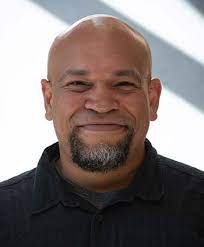
Joseph Berry
Joseph J. Berry is a Senior Research Fellow at the National Laboratory of the Rockies (NLR) and the perovskite technologies team lead. He is also the Director of the US-MAP consortium and a Fellow at the Renewable and Sustainable Energy Institute (RASIE). His research interest span both basic and applied work across multiple classes of semiconductors with a focus on the functional heterointerfaces between them. Joseph received his doctorate in Physics from The Pennsylvania State University in 2001. Publications. Pronouns: he, him, his

Ingrid Repins
Dr. Repins is a research fellow active in the Photovoltaics Reliability group at NLR. She has worked for more than 20 years in photovoltaics, including reliability, accelerated testing, standards, device processing, characterization, and manufacturing. She brings an in-depth understanding of materials science and device physics to high-impact questions about reliability. Prior to joining NLR in 2007, Dr. Repins performed research and manufacturing support in the private sector. Dr. Repins received her M.S. and Ph.D. in Physics from Colorado State University, and her B.S. in Physics from Stanford University.

Timothy Silverman
Dr. Silverman is a Senior Scientist and Distinguished Member of Research Staff. He works on field performance and reliability in photovoltaic modules and systems. He has studied many commercial and pre-commercial solar technologies. He develops tools for testing and characterization in the lab and the field. He has worked at NLR since 2011.
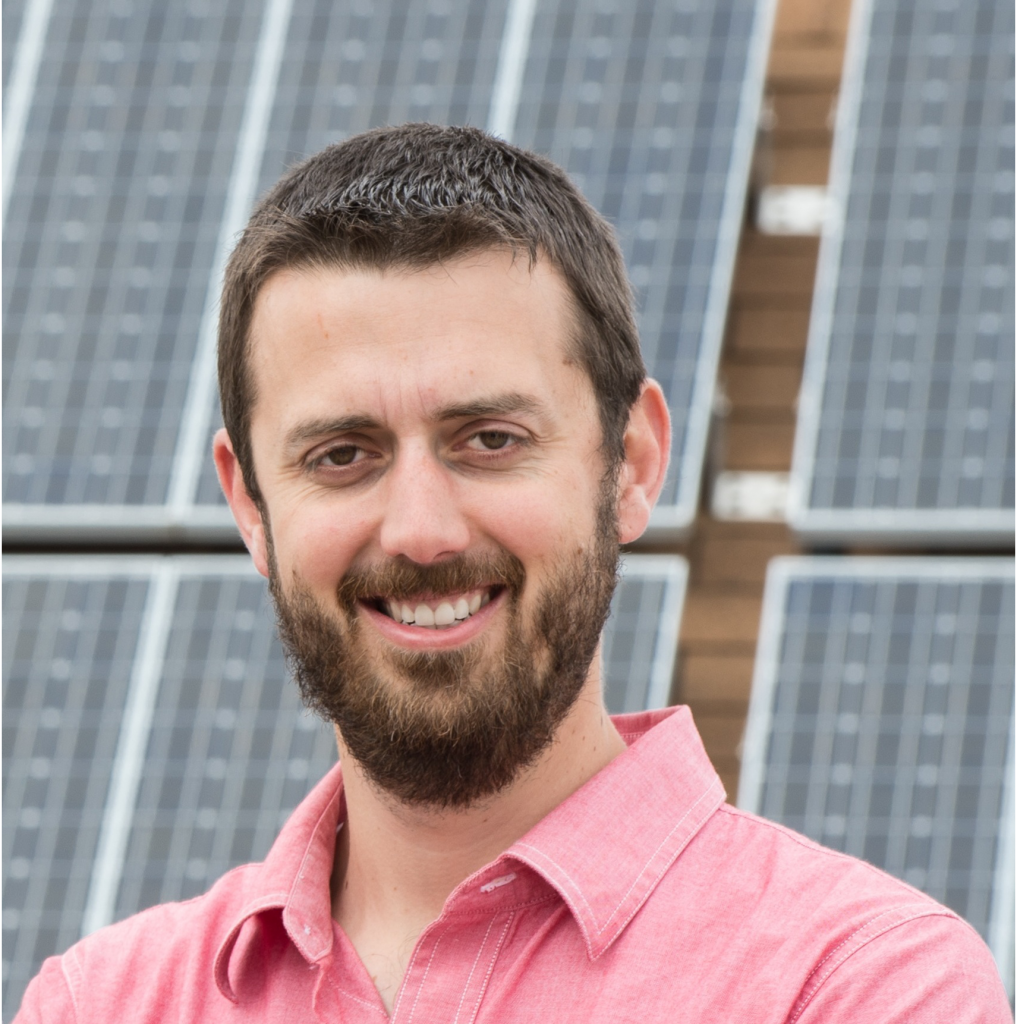
Michael Deceglie
Michael Deceglie received a bachelor’s degree in physics from Dickinson College in Carlisle, Pennsylvania in 2006. He went on to earn a master’s degree in physics studying dye-sensitized solar cells at the University of Queensland as a Fulbright Fellow. He completed his doctoral degree in applied physics at Caltech in 2013, where his work focused on understanding the microscopic device physics of advanced solar cells and the coupled optical and electrical design of light-trapping structures for solar cells. He joined NLR in 2013 as a postdoctoral researcher focused on photovoltaic performance and reliability. His career at NLR has included work on stabilization of thin-film modules, thin-film module reliability issues associated with device and illumination nonuniformity, data analytics for PV field data, PV soiling, the impact of cracked cells on module performance, and in-depth case studies of reliability issues in commercially operated PV power plants.

Dana Kern
Dana B. Kern performs luminescence and thermal imaging of perovskite cells and modules for PACT. She is a research scientist at NLR where she studies semiconductor photophysics and reliability of photovoltaic technologies with various cell and packaging architectures. Dana received her PhD from the University of Washington – Seattle, where she researched fundamentals of excited states and charge transfer in organic solar cells.

Kirsten Perry
Kirsten Perry works as a data scientist at the National Laboratory of the Rockies (NLR) in the PV Reliability & System Performance Group, while pursuing an M.S. in computer science from the Georgia Institute of Technology. Kirsten’s research interests include applying machine learning and deep learning techniques to assess photovoltaic field performance data. She currently works as a data engineer and data architect on the PV PACT project. She received B.S. and B.A. degrees in mechanical engineering and mathematics, respectively, from the University of Oklahoma, Norman, OK in 2017.
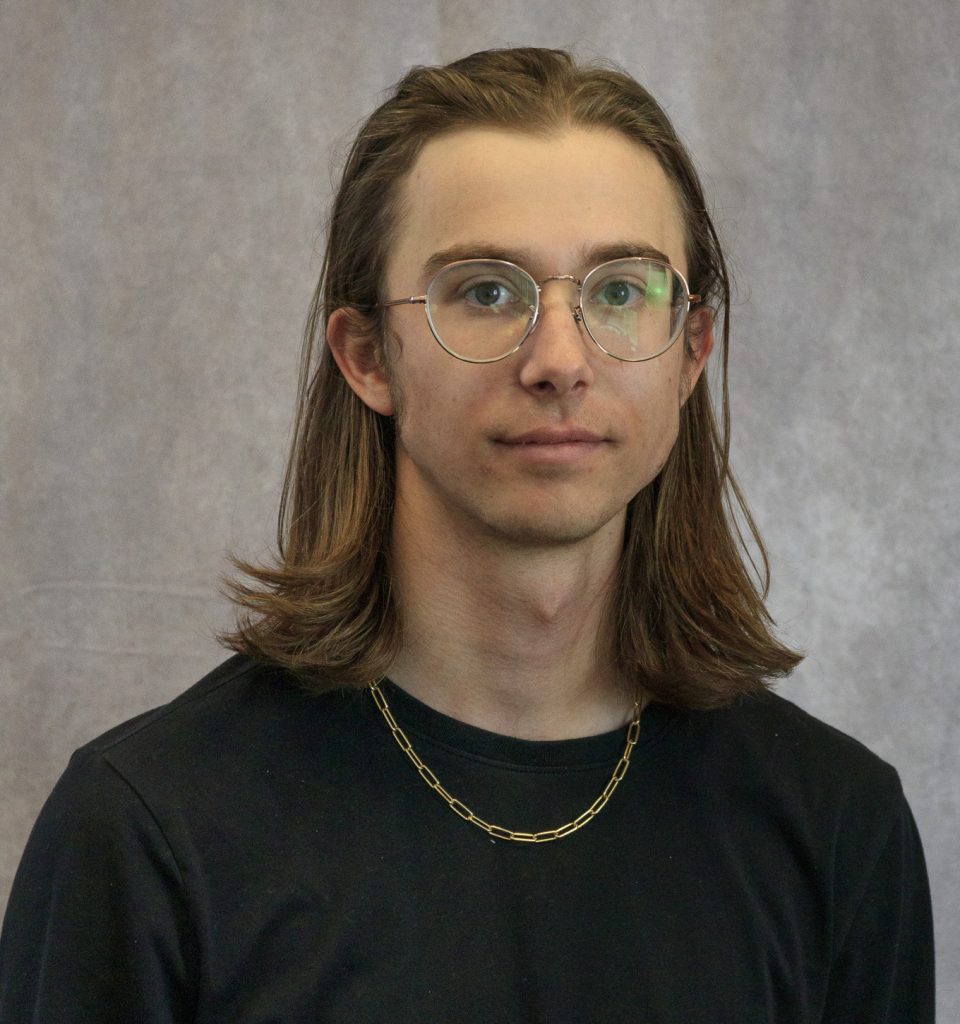
Jackson Schall
Jackson Schall is a graduate researcher for the PACT Center. Jackson is a graduate student at the Colorado School of Mines performing his research at the National Laboratory of the Rockies (NLR). His current focus is on imaging techniques to characterize metastabilities in perovskite solar cells. Prior to NREL, Jackson received his B.S., in physics, from the University of Toledo.
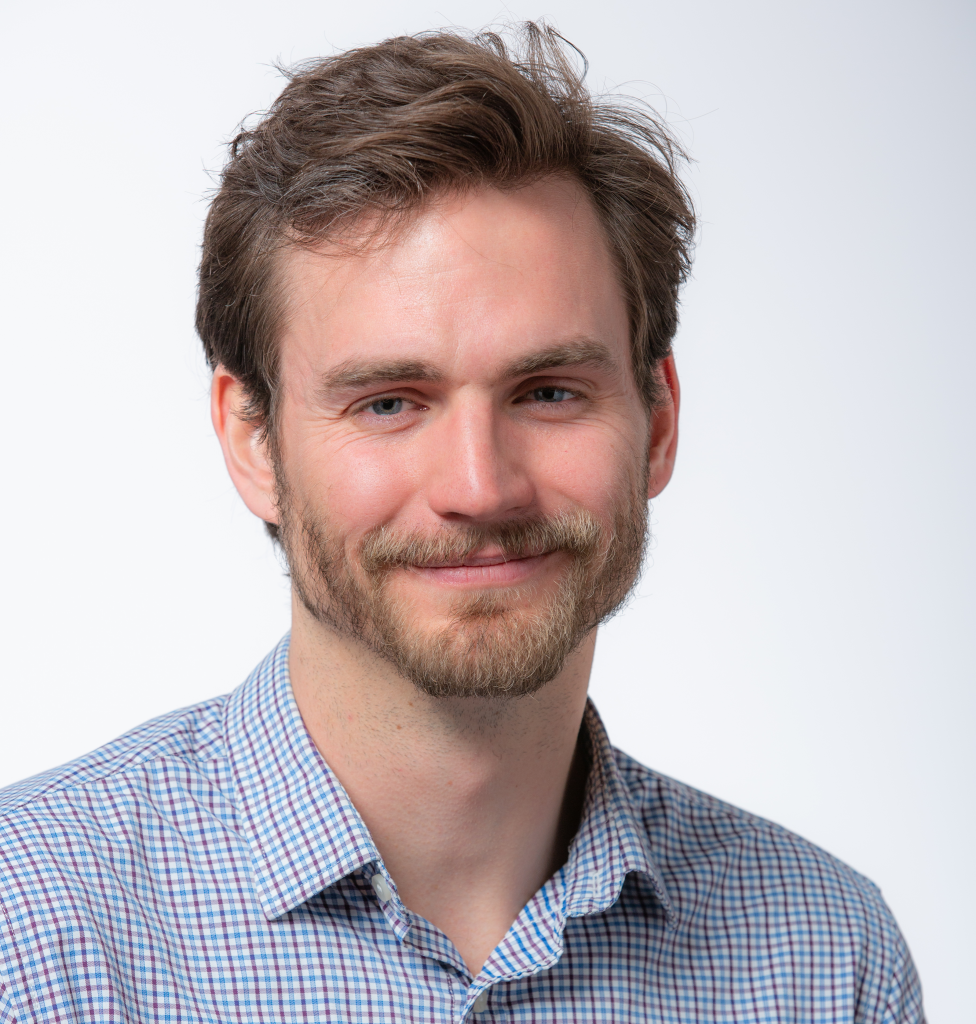
Nicholas Irvin
Nicholas (Nick) Irvin is a postdoctoral researcher for the PACT Center, where he performs the accelerated testing of perovskite modules. His indoor test results are compared to outdoor test results to check the field relevancy of accelerated tests for perovskite photovoltaics. Nick received his Ph.D. in physics at Arizona State University where he investigated the intersection of optical, thermal, and electrical phenomena within photovoltaics.
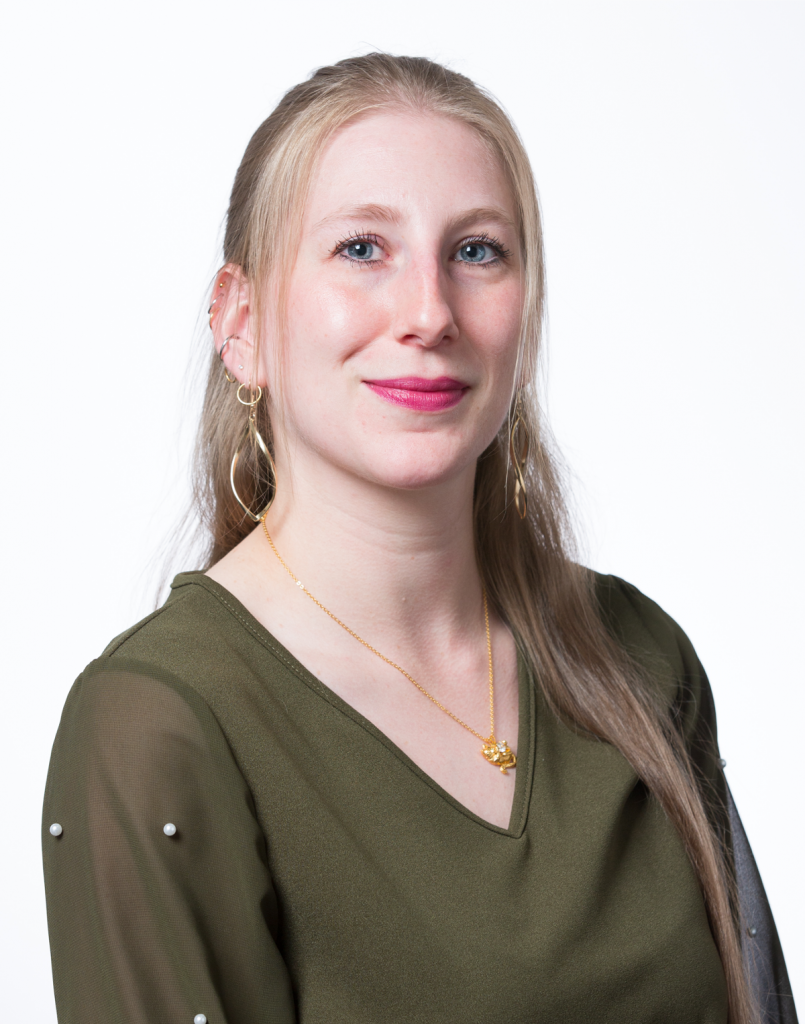
Rachael Arnold
Rachael Arnold has been a research technologist at the National Laboratory of the Rockies (NLR) for 4 years focused on researching mechanical properties of photovoltaic packaging materials in addition to running other silicon PV characterizations. Rachael has her Bachelor of Science in Mechanical Engineering from the University of Colorado and is expected to receive her Masters of Science in Mechanics of Materials in May 2025. She joined the leadership team for NLR’s Hands On PV Experience (HOPE) workshop in 2024 and is passionate about mentoring and inspiring others.

Steven Hayden
Steven Hayden is a staff scientist and founding member of the Microscopy and Imaging for Circular Renewables and 0-Carbon (MICRO) Center at the National Laboratory of the Rockies (NLR). His research interests lie in devising creative microscopy solutions to solve fundamental and applied science challenges across the gamut of NLR’s clean energy technologies. Examples include investigating nanoscale interfaces, studying in-situ activity and deactivation in catalyst systems, determining nano-structure-function relationships in solar devices, and teasing out atomic-scale degradation mechanisms in composite materials. He has expertise in scanning electron microscopy (SEM), focused ion beam (FIB)-SEM, and scanning/transmission electron microscopy (S/TEM) as well as associated in-situ, cryo, and spectroscopic techniques.

Kent Terwilliger
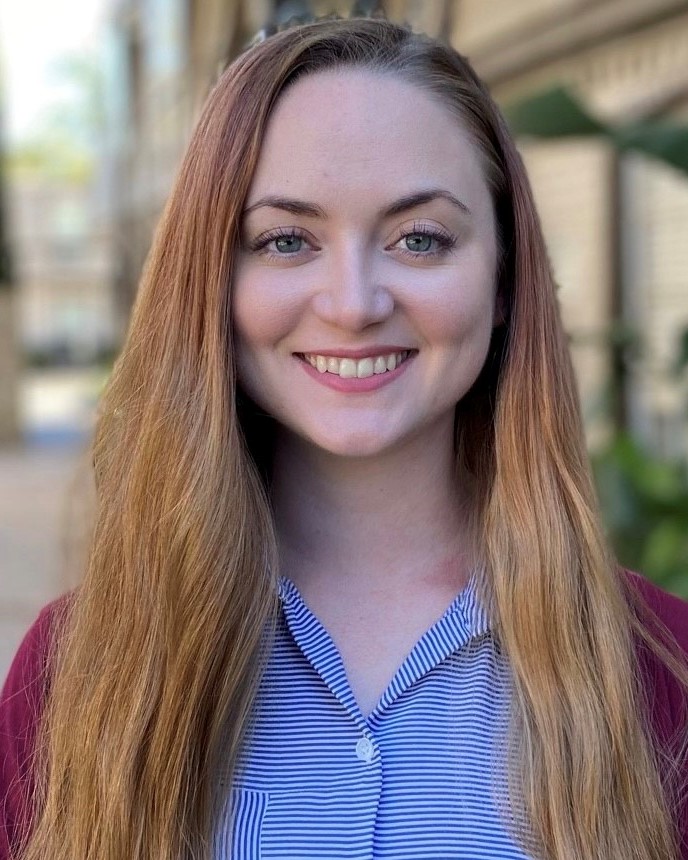
Christa Torrence
Christa E. Torrence was a postdoctoral researcher at Sandia National Laboratories where she assessed the health and environmental safety risks of perovskite solar cells throughout their lifetime. Her work included evaluating risks from standard usage and disposal, as well as weather and accident related risks. Prior to Sandia, Dr. Torrence worked at Oak Ridge National Laboratory where she developed software to model radiation damage in brittle materials. Dr. Torrence earned a BS in Materials Science and Engineering from the University of Florida and a PhD in Materials Science and Engineering from Texas A&M University. She now works at Los Alamos National Laboratory as a research scientist. Dr. Torrence’s Google Scholar profile.

Nutifafa Yao Doumon
Nutifafa Yao Doumon was a researcher in the Chemistry and Nanoscience Centre at NLR. His research focuses on organic electronics, especially PLEDs and OPVs, and recently perovskite PVs. Nutifafa’s current work involves stability testing; failure modes/mechanisms; chemical characterization of the active layer; and indoor/outdoor testing of perovskite modules. He received PhD and master’s degrees in nanoscience (applied physics) from the University of Groningen-The Netherlands (RuG); master’s degrees in leadership and theoretical physics, respectively from the RuG and African University of Science and Technology, Abuja-Nigeria; and a BSc in physics from the University of Ghana-Legon.

Angelique Montgomery
Angelique M. Montgomery was a postdoc at Sandia National Laboratories. Her research interests include the design, fabrication and characterization of novel photovoltaic and photonic devices and materials for renewable and sustainable energy. Her past experience includes the fabrication of thin film solar cells, material synthesis, new material design and nanoscale characterization of ferroelectric/multiferroics devices. Dr. Montgomery received a PhD in Material Science from the University of Alabama in 2019 and joined Sandia in 2021.

Soňa Uličná
Soňa Uličná was a postdoctoral researcher at the National Laboratory of the Rockies (NLR). In the recent years, her work focused on identifying degradation mechanisms in PV module packaging materials to improve their reliability. She performs thermal analysis on polymeric module components and uses various spectroscopy techniques for surface and interface characterization. She has previous experience using the Stanford Synchrotron Radiation Lightsource (SSRL) to study how changes in material crystal structure affect PV performance. Soňa received her PhD from Loughborough University, UK, where she gained experience in thin-film device processing and characterization.

Paul Ndione
Paul Ndione is a Research Scientist at the National Laboratory of the Rockies (NLR). He joined NREL in 2010 to conduct research on oxide semiconductor systems for photovoltaic (PV) applications. Since then, he has been involved in research activities associated with soiling in PV, concentrated solar thermal power, solar water splitting, and power electronics. He currently oversees activities related to the testing of PV modules and leads projects pertaining to the development and improvement of certification, calibration, and testing of PV devices. Paul received his doctorate from INRS-EMT, University of Quebec.

Robert White
Robert White is a data scientist supporting the PACT consortium in designing and developing the needed software architectures to archive, analyze, and access PACT datasets. He currently is the senior data scientist for the Materials, Chemistry, and Computational Sciences (MCCS)-Research Operations group at NLR. His current work is focused on facilitating data infrastructure for the DuraMAT consortium and other Energy Material Networks, and providing database architecture, data extraction, and ongoing data operations for the PV Fleets project and the Research Data Infrastructure at NLR. Robert received his master’s in astrophysics from the University of Texas in 1994. Publications.

Wanyi Nie
Wanyi Nie was a staff scientist at Center for Integrated Nanotechnology in Los Alamos National Laboratory (LANL) until 2024. She is now an Assistant Professor at the University of Buffalo. Dr. Nie received a Ph.D. in Physics from Wake Forest University in 2012. She joined LANL in 2013. She currently researches novel semiconductors and their devices including solar cells, light emitting diodes and detectors. Publications.

Thanh-Hai Le
Thanh-Hai Le is a post-doc research associate at the Center for Integrated Nanotechnology in Los Alamos National Laboratory (LANL). Prior to joining LANL in 2022, he received his Ph.D from Chonnam National University in 2020, followed by a two-year post-doctoral term at the same laboratory. His research interest includes the theoretical study and the synthesis of novel semiconducting materials for optoelectronic and energy applications.

Ralph Romero
Dr. Ralph Romero was the Bankability lead for the PACT center. He is Senior Managing Director at Black & Veatch Management Consulting, LLC. He is recognized expert in the independent assessment of novel technologies. Dr. Romero joined Black & Veatch Management Consulting in 2010, and leads the independent assessment of novel technologies practice. He has been the principal investigator in over 180 technology assessments in the areas of hydrogen, chemical and mechanical energy storage, power conversion systems, photovoltaic cells and modules, mechanical tracking systems and advanced water technologies. He advises domestic and international manufacturers, developers and financial institutions in the areas of technology, manufacturing, product and process design, among others.

Rob Foree
Mr. Foree has over 10 years of experience in the US energy industry and joined Black & Veatch’s management and consulting business as an analyst in 2013. He has diverse experience in many aspects of the electric power industry, including independent engineering due diligence for generation assets (solar, battery energy storage, wind, oil, natural gas and coal) and independent assessment bankability projects for renewable energy technology. He also has qualified experience in project management, capital prioritization, asset management, operations monitoring and construction monitoring. Mr. Foree possesses strong financial analysis skills, supported by thorough knowledge of financial, economic and accounting principles. He has a B.S. in mechanical engineering and a MBA from the University of Kansas

Jim Crimmins
Jim Crimmins is the Chief Executive Officer and a founding Partner of CFV Labs, a leading photovoltaic laboratory in Albuquerque, New Mexico. CFV works with clients across the PV value chain. For manufacturers, CFV helps drive innovation and optimization by providing a full range of performance, reliability and certification services for PV modules, trackers and racking systems. For PV power plant owners, operators and investors, CFV offers a full range of bankability testing services, quality assurance and forensic analysis. Mr. Crimmins received a B.A. in Economics from Yale College in 1983, and an M.S. in Physics from Harvard University in 1987. LinkedIn

Daniel Zirzow
Daniel Zirzow is the CTO at CFV Labs leads the Performance Testing Group which focuses on PV module and cell performance testing, modeling, and software development. He is an active participant in the IEC standards development community, in particular IEC 61853-2. He received a M.S. in Physics from the University of New Mexico in 2012, and joined CFV in 2016.
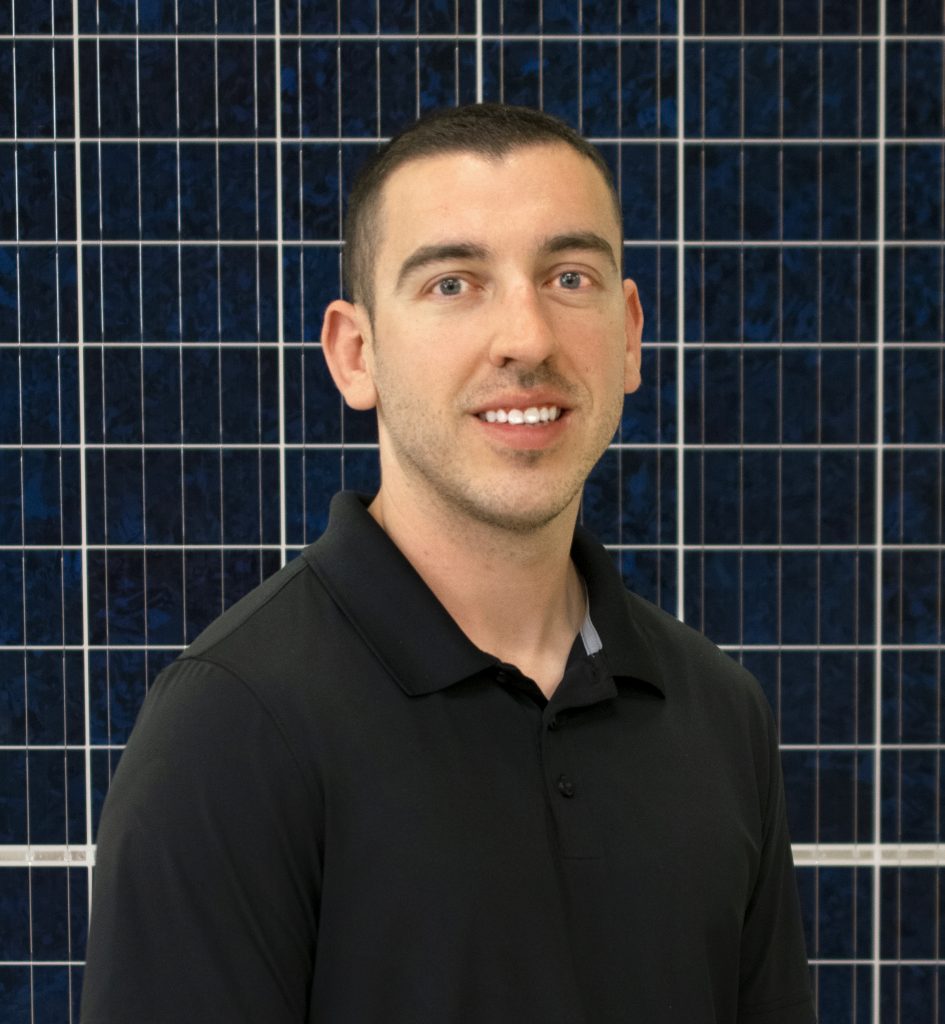
James Richards
James Richards is the VP of Engineering and the head of the Custom Instrumentation Group where he leads the in-house electronics and software development, specializing in PV related measurement equipment. He received a M.S. in Electrical Engineering from the University of New Mexico in 2018.

Colin Sillerud
Colin Sillerud is Vice President of Engineering at CFV Labs. He focuses on reliability testing protocols and power plant testing services at CFV. He led the validation testing for the mechanical stress and UV backsheet degradation legs in the extended reliability test specification, IEC TS 63209-1, and continues to work on multiple other IEC standards efforts. Prior to joining CFV, Colin worked as a researcher at Sandia National Labs where he published research on high-speed micro-gas chromatography, microplasma discharges, and metal organic frameworks. He has a M.S. in Chemical Engineering from the University of New Mexico.

Cara Libby
Cara Libby is a Principal Technical Leader in Renewable Energy at the Electric Power Research Institute (EPRI). Libby joined EPRI in 2006 and has held multiple positions within the Renewable Energy Generation team. She currently leads development and execution of EPRI’s Environmental Aspects of Solar research portfolio, which broadly addresses environmental issues for large-scale solar projects. She is a subject matter expert in solar photovoltaic (PV) end-of-life management, PV field testing and reliability, and next-generation concentrating solar thermal power (CSP) technologies. She chairs multiple Technical Advisory Committees for DOE projects. Libby is an EPRI Chauncey Award recipient. Libby is a mechanical engineer with a Bachelor’s degree from Johns Hopkins University and a Master’s degree from Stanford University.

Wayne Li
Dr. Wayne Li is a Principle Technical leader at the Electric Power Research Institute (EPRI). His research interests include improving solar power plant performance, affordability, reliability, and durability, as well as commercialization of advanced PV technologies. Before joining EPRI, Dr. Li was a senior Manager in research and development at First Solar. He earned his Ph.D. in Electrical Engineering from University of Cincinnati, studying biopolymers and organo-lanthanides for opto-electronics applications. His bachelor’s degree is in Material Science and Engineering from Shanghai University.
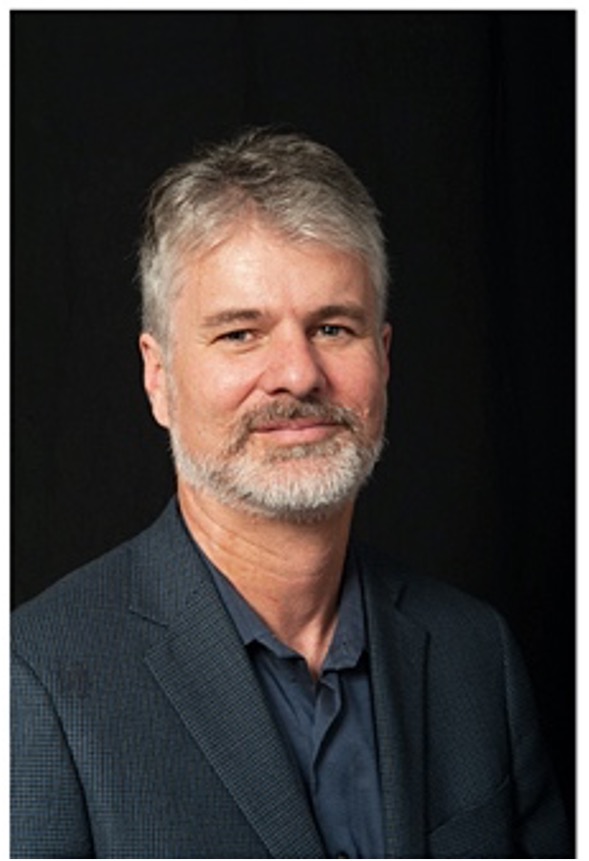
Devin MacKenzie
Dr. Devin MacKenzie is the Washington Research Foundation Professor of Clean Energy and an Assoc. Prof. of Materials Science and Engineering and Mechanical Engineering at UW. He is also the Technical Director of the Washington Clean Energy Testbeds, a lab that provides open-access to world-class tools for energy device research, scale-up and characterization. Devin also >17 years of entrepreneurial experience in additive and sustainable manufacturing of electronics. He was formerly the CEO and co-founder of Imprint Energy, a Berkeley spin-out developing printed flexible batteries. Previously, as the CTO of Add-Vision, Inc., Dr. MacKenzie led R&D for roll-to-roll printed OLEDs. Prior to Add-Vision, he led printed Si RF device and product engineering at Kovio, Inc. a Si Valley MIT spin-out. Dr. MacKenzie also co-founded, Plastic Logic, from Cambridge University while a post doc in Physics researching solution-processed PV, OLEDs, and surface-directed assembly. Prior to that he worked at Bell Labs in Murray Hill. Dr. MacKenzie has been cited >11K times and holds Ph.D, MS, and undergraduate degrees in Materials Science and Engineering from the Univ. of Florida and MIT.

Tanka Rana
Tanka Rana is currently a postdoctoral scholar in the Department of Materials Science and Engineering, University of Washington. He received his B. Sc. and M. Sc. in Physics from Tribhuvan University, Nepal. He completed his Ph. D. in semiconductor materials from the Department of Physics, Incheon National University, South Korea. He was then a postdoctoral researcher for three years in photovoltaics laboratory, Korea Institute of Energy Research, South Korea. Since 2013, he has been devoting himself to research for low-cost high-efficiency solar cells, Initially, chalcogenide based thin film solar cells, and more recently to perovskite photovoltaics cells and modules.
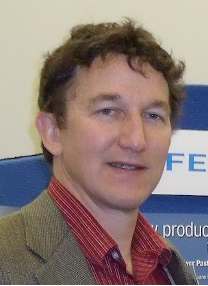
Michael J. Heben
Michael J. Heben is the Helen and Harold McMaster Professor of Photovoltaics in the Department of Physics and Astronomy at The University of Toledo. He is also the Managing Director of UT’s Wright Center for Photovoltaics Innovation and Commercialization (PVIC). He received a Ph.D. in Chemistry from Caltech in 1990. He was at NREL for 18 years and was a Principal Scientist prior to coming to Toledo in 2008. His research interests include the science, engineering, and deployment of photovoltaics and other energy-related conversion and storage technologies.

Yanfa Yan
Yanfa Yan has been an Ohio Research Scholar Chair and Distinguish Professor in the Department of Physics and Astronomy at The University of Toledo, since 2011. Previously, he was a Principal Scientist at the National Renewable Energy Laboratory. He earned his Ph. D. in Physics from Wuhan University in 1993. His expertise includes thin-film solar cell fabrication, defect physics of semiconductors, and nanoscale characterization of microstructures, interfaces, and defects in thin-film photovoltaic materials. He is a Fellow of the American Physical Society.

Zhaoning Song
Zhaoning Song is a Research Assistant Professor at the Wright Center for Photovoltaics Innovation and Commercialization (PVIC), The University of Toledo. He received his B.S degree in Physics from Xiamen University, China, and his Ph. D. degree in Physics from The University of Toledo. His current research focuses on perovskite solar cells, multijunction tandem solar cells, photodetectors, and photoelectrochemical devices. His research interest includes device physics and modeling, nanomaterial synthesis, thin-film optoelectronics, and techno-economic analysis.
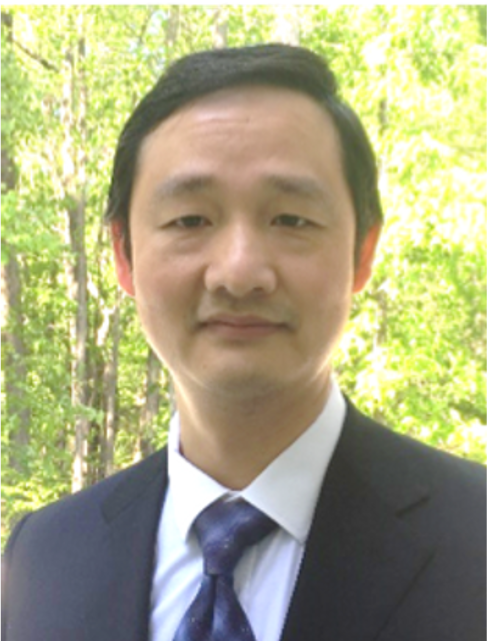
Jinsong Huang
Dr. Jinsong Huang is currently Louis D. Rubin, Jr. Distinguished Professor at University of North Carolina at Chapel Hill. He received his PhD degree in Material Science and Engineering from the University of California-Los Angeles in 2007. After working in a small business company for two years, he joined the University of Nebraska-Lincoln in 2009 as an assistant professor in the Department of Mechanical and Materials Engineering, and was promoted to associate professor with tenure in 2014, and professor in 2016. He joined the faculty in the department of Applied Physical Sciences of University of North Carolina at Chapel Hill in 2017. His current research interests include solution processed electronic materials for applications in energy, sensing, and consumer electronics. He has authored > 250 publications, >30 patents, >10 books and book chapters. He has received several awards including Edgerton Innovation Award (2012), NSF CAREER Award (2013), and DOD Young Investigator Award (2010). He has worked on solar cells with different compositions since 2003.

Reinhold Dauskardt
Reinhold H. Dauskardt is the Ruth G. and William K. Bowes Professor in Materials Science and Engineering, Mechanical Engineering, and Surgery, Stanford University. His labs research enables the innovation and design of high-performance materials and devices by exploiting the fundamental connection between device materials, design, processing and resulting device performance, function and reliability under use conditions. Materials include thin-film and layered structures for nanoscience and energy technologies, high-performance laminates, biomaterials and soft tissues. His research group is well known internationally for pioneering studies of spray-plasma processing of device technologies and for the synergistic effects of mechanical forces, solar irradiation, thermal expansion mismatch, chemical environments, temperature and other forms of degradation on the reliability of materials and devices.




